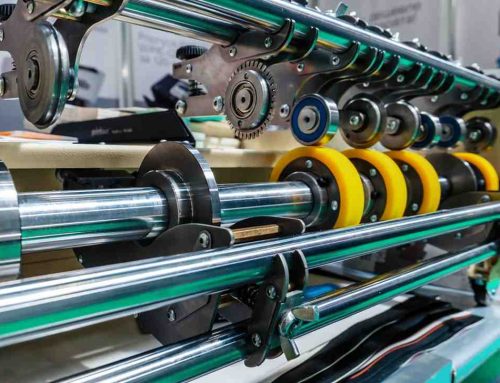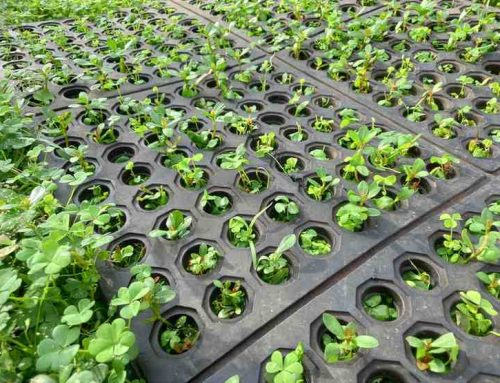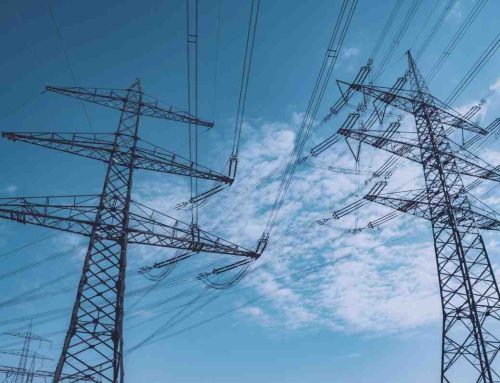Did you know 2027 expects Polyurethane hydraulic seals to hit $5. 5 billion in sales? There is a reason for this growth: Manufacturers increasingly use materials like polyurethane when creating these seals. Why? Because polyurethane hydraulic seals do things, standard seals can only dream of. New tech means polyurethane hydraulic seals are better than ever advances in materials technology mean that seals made from polyurethane do a better job than those constructed from traditional materials.
As a result, hydraulic systems work more efficiently, must be serviced less often–and last longer! Throughout this article, we will explore exactly what polyurethane is about and what makes it so suitable for hydraulic seals. We’ll also look at how these seals perform better than those made from other materials when they’re put to the same tasks. Polyurethane hydraulic seals don’t wear out — no matter how hard you try! One thing users love about polyurethane seals is their abrasion resistance: basically, they don’t wear out easily when rubbed against other surfaces, even those as rough as concrete!
They can take the heat…Seals mustn’t melt or degrade if they’re going to work properly – and polyurethane hydraulic seals won’t. Some can carry on doing their jobs in temperatures as high as 120°C (248°F) or as low as -54°C (-65. 2°F)… And they can handle the pressure too! Leaks are bad news in hydraulic systems which rely on liquid staying where it’s put. Luckily one major UK maker says high-pressure equipment protected by polyurethane seals has an “excellent” leakage record.
Our coverage of industrial rubber includes mining industry, food production, ergonomics technologies, roller technologies, and more. Stick till the end of this article to get the good stuff regarding polyurethane hydraulic seal.
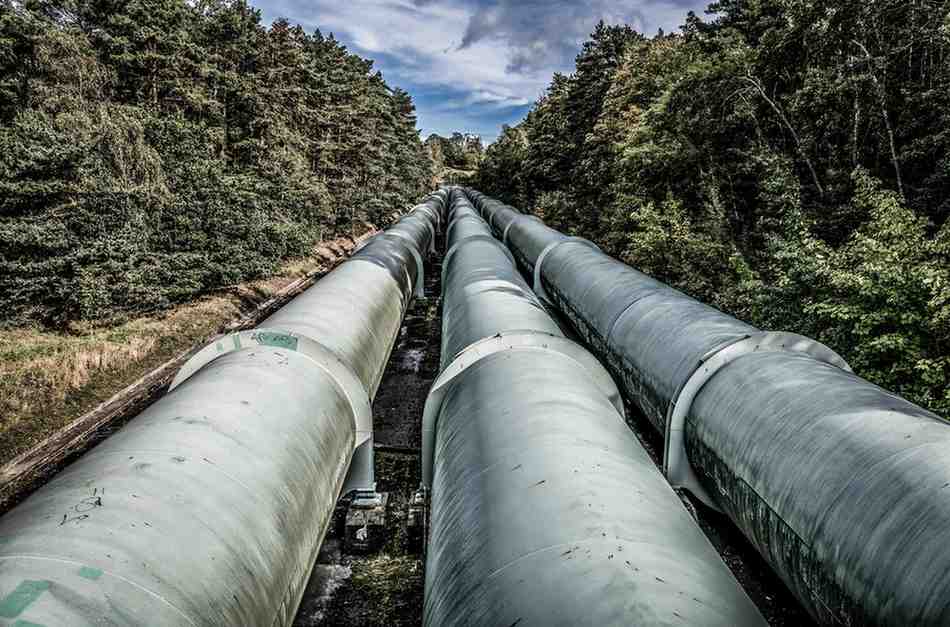
Understanding Polyurethane Hydraulic Seals: The Unbeatable Guardians of Pressure
The Silent Protectors
Think about a huge piece of machinery – say, a bulldozer. Now think about something much smaller but no less crucial: the seals inside that do the hard work of keeping it all moving smoothly. These unsung heroes control the flow of fluid so precisely that there are no leaks, while also withstanding pressure that would crush an ordinary flat seal.
The Rise of Polyurethane
For decades rubber has been king when manufacturing such products; Teflon too found favour in some instances because it does not wear as quickly against rough metal surfaces. But things may be changing (no pun intended) with the increasing regularity in which polyurethane is being used instead. Far from being just one more type of material option available to engineers designing hydraulic systems – seals made of this stuff often outperform those constructed using traditional materials area by a significant margin.
Unveiling the Power of Polyurethane
Polyurethane has several important features that make it useful in hydraulic systems:
- High Abrasion Resistance: Seals in hydraulic systems move all the time, and rubbing on things can wear them away. Polyurethane seals last much longer than ones made from rubber because they resist abrasion (rubbing away) so well; this also means machinery needs less maintenance.
- Flexibility with a Backbone: Polyurethane is flexible–not floppy. This flexibility helps seals made from the material grip moving parts more effectively; meaning fewer leaks even when machines are working at high pressure or speed.
- Chemical Resistance Unfazed: Oil or petrol won’t damage a polyurethane seal from a hydraulic system–or by many other chemicals. Things like this which resist attack from chemicals are said to have good chemical resistance.
Polyurethane vs. The Competition
| Material | Tensile Strength (psi) | Abrasion Resistance | Chemical Resistance | Flexibility |
| Polyurethane | Up to 6,000 | Excellent | Excellent | Good |
| Rubber | 1,000 – 3,000 | Good | Moderate | Good |
| Teflon | 4,500 | Fair | Excellent | Limited |
Crazy Pressure Resistance
Polyurethane seals have incredible pressure resistance. With a tensile strength of as much as 6,000 psi, they outperform most materials used in hydraulic seals–meaning they do better under high-pressure conditions. In the world of hydraulics, different jobs need different seals.
A Seal for Every Job
Rod seals stop leaks along piston rods- Piston seals help cylinders keep pressure- Wiper seals (or scraper seals) stop dirt and grime from mucking up the rest of the system dataset offers tailored solutions for any hydraulic seal needs you might have! We suggest that you read about even the wider application of polyurethane – Polyurethane Applications: Exploring Advantages and Common Uses.

Performance Enhancements with Polyurethane Hydraulic Seals: A Leap Forward in Efficiency
The many benefits of polyurethane have a huge impact on hydraulic systems–making them work better for longer. For example:
Durability Redefined
Tougher seals that last longer Polyurethane is good at resisting damage from rubbing against things (abrasion). So polyurethane seals last longer in hydraulic systems where parts move and rub together all the time. Traditional materials wear out quickly in these conditions but polyurethane can take the pressure… literally!
One manufacturer had a problem. The rod seals in the hydraulic presses they used to shape metal were wearing out too quickly – meaning costly replacements and lots of maintenance just to keep things running. When they switched to polyurethane rod seals, that all changed. Now each seal lasts 30% longer than before which has been fantastic for both their bottom line (they’ve saved money) and productivity levels (less downtime for repairs).
Fluid Flexibility
This system can take advantage of different types of fluids–anything from mineral oils to water-glycol solutions. It is here that the impressive chemical-resistance capabilities of polyurethane come into their own. These seals can keep working well with many kinds of fluid, meaning the system can perform at its best whatever specific type is required. Technical information: Polyurethane seals offer outstanding resistance to the majority of hydraulic fluids typically used. And even when things get more extreme–like working in fluids with pH levels between 3 and 12–they still maintain their shape and their ability to seal effectively.
Temperature Extremes, Conquered
Hydraulic systems work in all kinds of places, and temperature changes can make it tough for them. However, polyurethane seals have no problem with big temperature swings. They do their job well from–40°F up to 212°F. So no matter how hot or cold it gets around the seal, it stays leak-free and works just as though there were no changes at all. For example, when put to the test on construction equipment being used in very harsh weather — withstanding pressures over 5,000 pounds per square inch — polyurethane seals kept right on working.
Using polyurethane allows hydraulic systems to perform better than ever before. Seals last longer, meaning less maintenance and lower running costs. They work with many fluids and can cope with extreme temperatures–so they can be used in lots of different machines very effectively. These seals take hydraulic performance up a gear (or two) efficiency and reliability reach new levels when it’s a polyurethane seal.
You can explore more on polyurethane’s industry-transforming capabilities by reading Polyurethane Components: Boosting Automotive Industry Success or Polyurethane Bushings: Advantages in Automotive Suspensions.
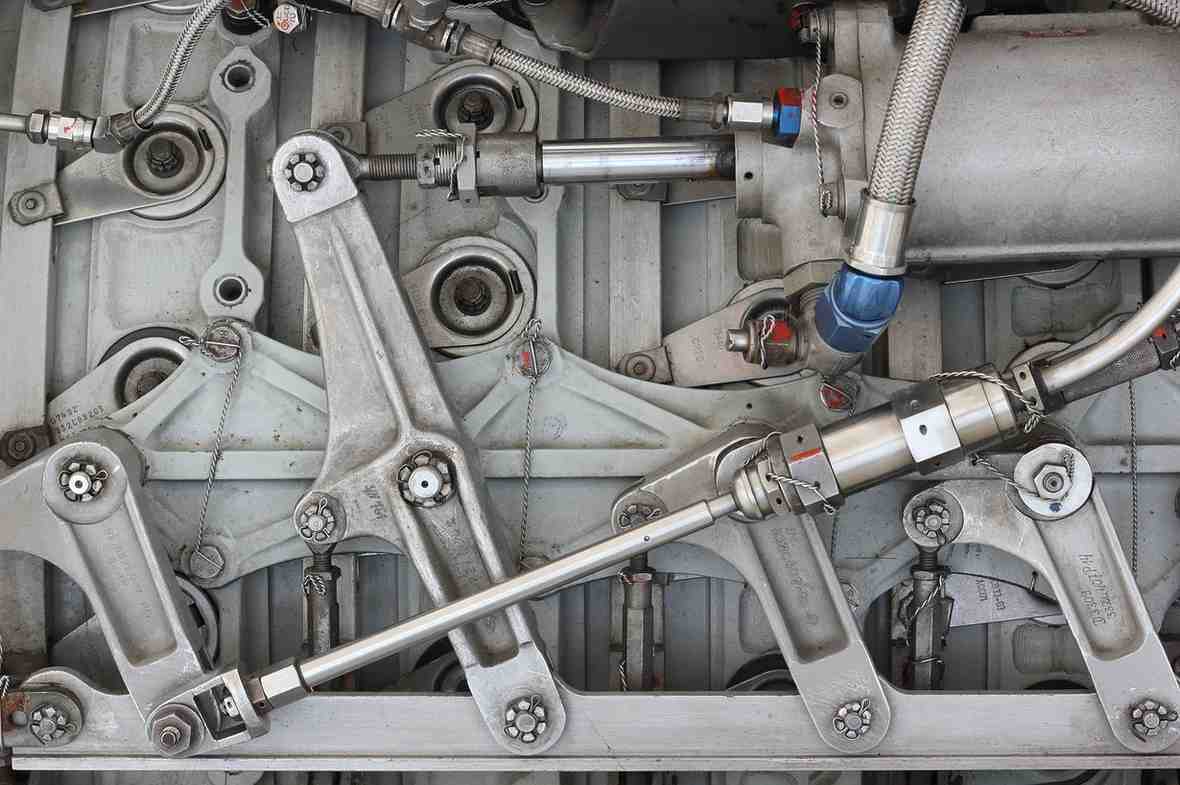
Longevity Benefits of Polyurethane Hydraulic Seals: A Long-Term Investment
Polyurethane hydraulic seals offer incredible performance benefits that lead to increased lifespan in hydraulic systems. Here’s why it matters:
Maintenance Made Easy
Because polyurethane seals last so long thanks to their exceptional resistance to abrasion, maintenance schedules can be extended. This means hydraulic systems fitted with polyurethane seals require the replacement of these parts less often than those using standard materials such as rubber alone. By switching to them, studies show you could cut down on maintenance needs by as much as 20%, saving money in both labor costs and downtime for replacements.
Extending Equipment Life, One Seal at a Time
Hydraulic systems face threats from leaks and wear, but both can be fought off with polyurethane seals. These seals do an excellent job of stopping leaks, helping the system hold onto pressure so that components wear out more slowly. They also stop surfaces from being damaged thanks to their resistance to abrasion — being worn away by rubbing or scraping. This adds up to equipment lasting longer: some people in the industry think that if hydraulic seals were made from polyurethane it might be possible to increase the lifespan of machinery by half as much again – up to 50%. A return on investment worth having because then entire systems could keep going for ages before they needed really big fixes or replacing entirely.
Cost-Effectiveness: A Numbers Game
While polyurethane seals may cost more upfront than their counterparts, they prove to be the better choice when considering long-term value. These seals not only outperform others in terms of cost-effectiveness but also bring additional advantages such as less maintenance, meaning machinery can be used more continuously; longer-lasting equipment leading to overall savings for companies that use them in hydraulic systems across many years.
| Factor | Polyurethane Seals | Traditional Seals |
| Initial Cost | Slightly Higher | Lower |
| Maintenance Costs | Lower (Reduced Frequency) | Higher (More Frequent Replacements) |
| Downtime Costs | Lower (Less Maintenance) | Higher (More Downtime for Replacements) |
| Equipment Lifespan | Extended | Shorter |
Polyurethane hydraulic seals have truly changed industries because they offer so many benefits and perform well: with these products, there is also a reduced need for upkeep plus extended life spans for machines – resulting in lower running costs overall. Their exceptional properties do more than improve performance however: by cutting how often jobs like servicing need doing (maintenance frequency) and enabling firms to keep assets working for longer periods (extending equipment life) they help businesses save money while boosting efficiency levels at the same time.
It’s clear from a cost-benefit analysis that when all factors are considered together either type one emerges as being preferable on financial grounds alone. If your company wants an investment product that will enable it to race its hydraulic systems closer to optimum efficiency.
No rest with its precision capabilities polyurethane has also found its way also in the aerospace industry. Read and explore Custom Polyurethane Parts: Aerospace Engineering Precision.
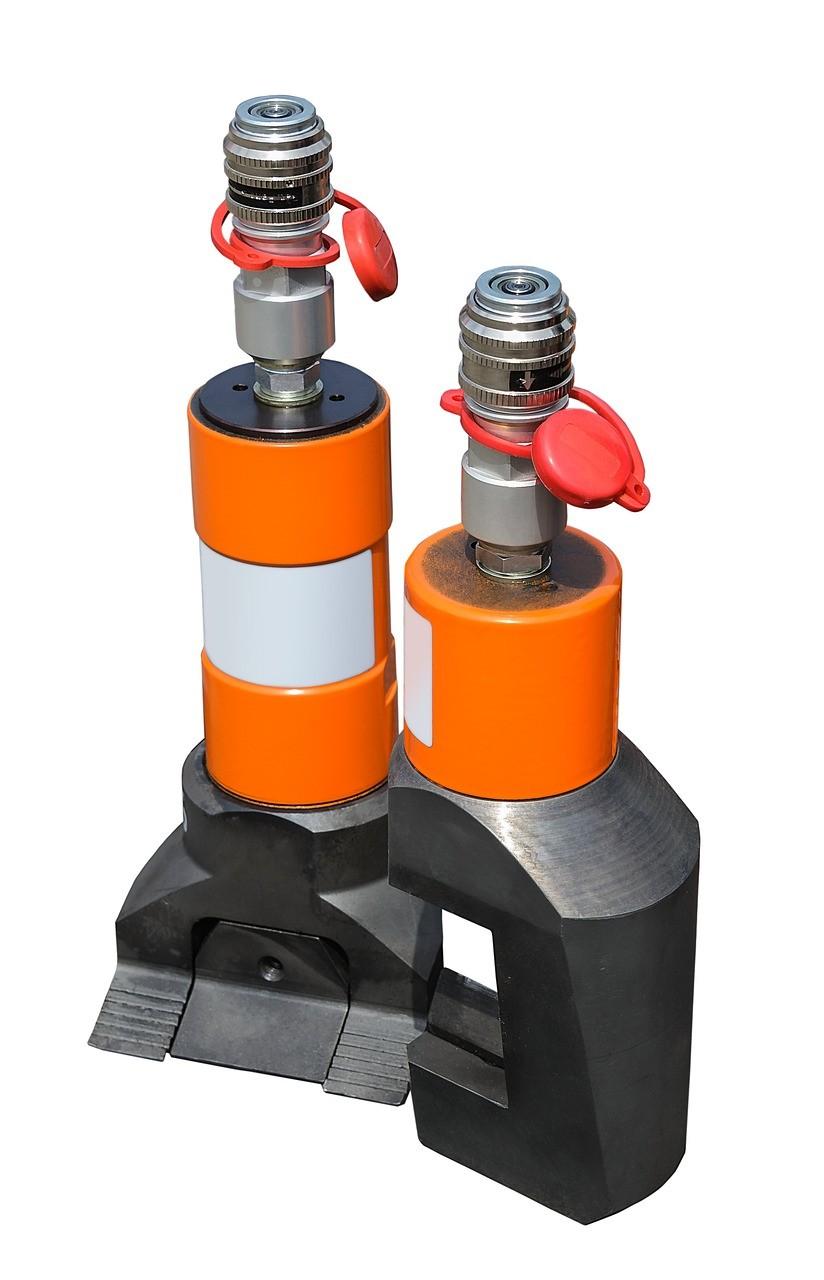
Innovations in Polyurethane Seal Technology: Pushing the Boundaries
Polyurethane hydraulic seals are not standing still. Far from it – ongoing innovation is enabling these critical components to perform better and last longer than ever before. Here are just a few examples of how things are moving forward:
Manufacturing Gets a Makeover
Developments such as 3D printing and injection molding are now being used alongside traditional techniques. Particularly in terms of creating the complex shapes needed for modern high-performance seals, these new processes offer both greater accuracy and more flexibility than older ones. With injection molding, for example, manufacturers can produce items very precisely – meaning they work the same way each time you use them. This not only improves overall efficiency but also cuts down on waste by reducing the chances of things going wrong after installation. 3D printing takes things one step further. Customers no longer have to choose from a range of standard designs that may or may not completely meet their needs; instead, they can ask firms to make bespoke seals specifically for them.
Seals Designed to Fit the Challenge
Long gone are the times when universal fixes sufficed. Nowadays, leaps and bounds in both design software and material technology mean it is possible to produce highly bespoke polyurethane seals. For every hydraulic application engineers can fine-tune not just geometry and dimensions but also material properties–tailoring them precisely to fit specific needs. Take the case of one company that had been experiencing ongoing leakage problems with its high-pressure hydraulic systems, used in a forging press. Working together with an expert seal manufacturer they devised customized polyurethane seals featuring unique lip designs. The upshot? After fitting these components the amount of lost fluid fell by 25 percent. This not only made the firm’s operations more efficient but also cut down on maintenance requirements (as there were fewer unscheduled stops for repair work).
A Match Made in Hydraulic Heaven
Polyurethane seals are now being created to work perfectly with today’s hydraulic systems–which often means having to cope with different fluids, higher pressures, and hotter operating temperatures than before. For example, some can deal with fire-resistant hydraulic oils by having special additives included in their makeup: important for situations where there’s a strict safety policy in place. In technical terms this is known as improved thermal stability: newer polyurethanes can carry on working even if things get hot (to more than 120°C / 250°F). All of which makes them ideal when high performance is needed over the long term i.e., lots of use in tough conditions.
The dynamic aspect of polyurethane seal technology is being underscored by recent developments. Manufacturers are using innovation to produce seals that do more (last longer and work better) and are adaptive to change within the hydraulic industry. Further advances can be expected as this technology progresses – meaning exciting breakthroughs that will boost performance levels/ make them even more reliable over an extended period.
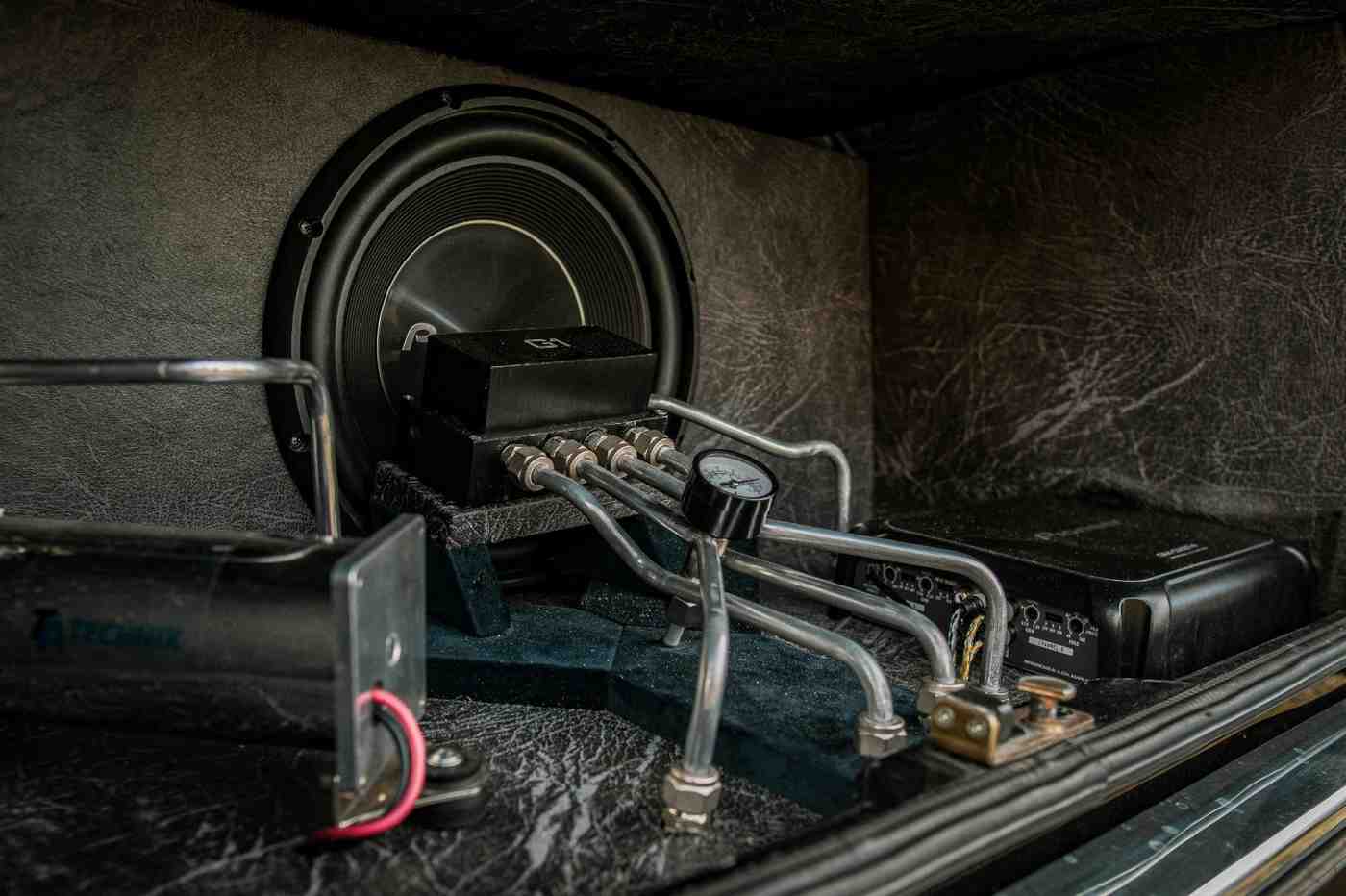
Real-World Power: Polyurethane Seals in Action
Polyurethane hydraulic seals don’t simply look good on paper–they deliver real-world benefits too. Here we look at two case studies that demonstrate how these components can have a transformative effect.
Digging Deeper with Efficiency – Polyurethane Seals Empower Hydraulic Excavators
Challenge: A business that used hydraulic excavators in its day-to-day operations found that seal failures were causing regular breakdowns. Whenever this occurred, not only did work grind to a halt because fluid leaked everywhere, but there was also the additional headache of reduced pressure. Ultimately, these setbacks meant lost productivity and repair bills for replacing traditional rubber seals. At first blush, it seemed like there were no replacements available which would perform better. Plus, along with materials costs, there were other worries such as how long machinery might be out of action for maintenance or repairs.
Solution: The company began using polyurethane rods and piston varieties instead. These looked set to last longer thanks to being more resistant against wearing down (abrasion)–something also noted when checking them over during services at which no faults had yet been discovered!
Results: Results from using polyurethane seals were outstanding. Maintenance costs for seal replacements on the excavators dropped by 40%. The seals also lasted longer–meaning the machines were out of action less often and productivity on construction sites increased.
Technical Details: Polyurethane seals had to be tough–but they were also specially designed to cope with the conditions in which hydraulic excavators work. For example, they moved all the time against high pressure; this required a mix of being able to resist wear very well while producing friction low enough not to cause problems.
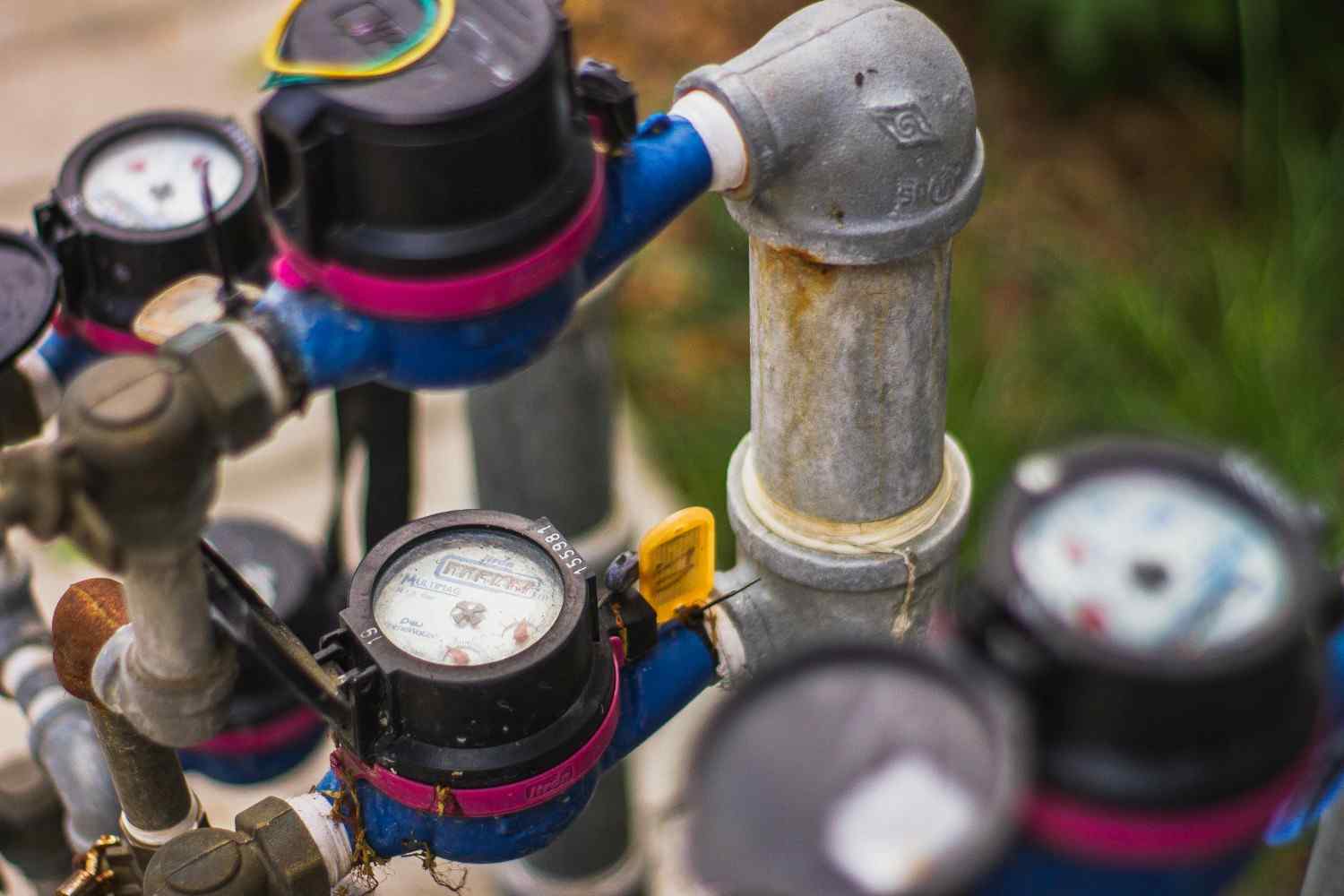
Pressing Onward with Innovation – Polyurethane Seals Transform Hydraulic Press Efficiency
Challenge: A manufacturing company was using a high-pressure hydraulic press for metal forming tasks. The tough conditions led to leaks and other problems because regular rubber seals couldn’t cope. These leaks also meant the quality of the formed metal parts could not be guaranteed, and maintenance had to be done often to check everything was okay.
Solution: The company needed something tougher than those rubber seals — custom-designed polyurethane piston seals that can cope well in high-pressure situations plus don’t leak easily either!
Results: With our product installed there were some amazing outcomes: operational efficiency at this site (measured by how smoothly things ran) went up by 35%.
- Reduced Leaks: Polyurethane seals had better sealing abilities. This meant pressure changes were smaller. As a result, pressure for shaping metals stayed at the right level more often. (This made a big difference to how well things worked!)
- Minimized Downtime: Polyurethane seals also lasted longer than other materials when used in this way. Machines did not have to stop as often for repairs or adjustments – they could run for longer periods uninterrupted instead!
- Improved Part Quality: When making things from metal there can’t be any air or fluid escaping from the machine doing the shaping. If it does happen you get faults on whatever is being produced known as ‘leaks’.
Statistical Evidence: We gathered statistical evidence which shows that since switching to polyurethane seals:- Downtime due to leaks has dropped by 75%- The scrap rate for formed metal parts has fallen by 10%These numbers illustrate the real benefits for both efficiency and quality that polyurethane seals bring: benefits you can see for yourself in everyday situations — they are changing an entire industry!
The examples show how polyurethane hydraulic seals change industry standards. With better performance, longer life spans and less need for repairs than other seals have ever provided, these seals are helping hydraulic systems reach unprecedented levels of efficiency and productivity – all while keeping costs down too! And don’t think this is as innovative as it gets; just wait until engineers start using them in ways no one has even dreamed up yet
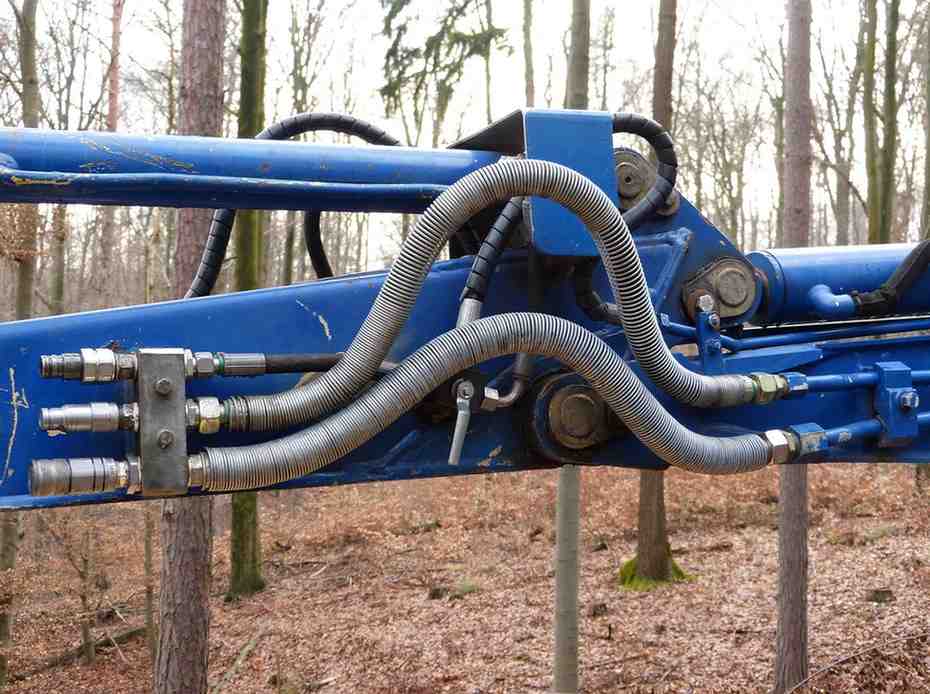
Conclusion
In summary, this piece has uncovered the many layers of the simple hydraulic seal – revealing how one material in particular (polyurethane) is changing an entire industry. Its list of positive attributes is long: from being very resistant to wear and tear; to not reacting with lots of different chemicals; there is therefore a range of plus points when these products are used in hydraulic systems instead of seals made from other materials. Apart from making machines work better for longer without any fuss, engineers can also do new things with customization options available; this has already led to some breakthroughs across numerous applications.
And there’s more good news around the corner: as further advances are made with polyurethanes, even better products will become available soon. Manufacturers of machinery, as well as people who service or look after it need to take note and embrace the revolution now taking place in front of their eyes. Whether you want to improve efficiency levels or simply make sure that things keep running smoothly day after year upon which trust there’s no dispute: indeed performance!
Still unclear about certain aspects. Reach out to our customer support, and get the best deal for your requirements.
